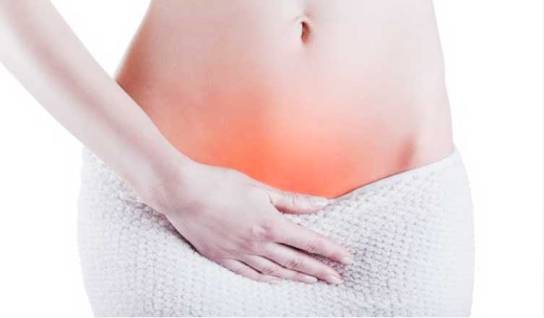Bacterial Vaginosis: What it is, Symptoms and Treatment
The bacterial vaginosis (BV) is one of the most common infections of the vagina, and in fact, according to medical data, it is estimated that around 30% of women suffer this type of infection once throughout their life, especially during the fertile age. The cause of its origin, for now, remains an unanswered question. It appears as a consequence of the increase of the vaginal pH, due to the proliferation of pathogenic organisms that alter the bacterial flora. Bacterial vaginosis, if not treated properly, can lead to gynecological and obstetric complications.
The exact cause of this bacterial overgrowth is unknown, but experts say there are certain factors that could potentially upset the balance of bacteria in the vagina and increase the risk of bacterial vaginosis; these are the following:
- Have different sexual partners or a new sexual partner.
- Make douching, which affect the natural pH of the vagina and the flora that keeps it protected from possible infections.
- Taking antibiotics.
- Use IUD
Although bacterial vaginosis is much more common in sexually active women, it can also occur in women who do not have sexual partners or who have never had sex. It is also important to clarify that bacterial vaginosis is not a sexually transmitted disease (STD), but its condition may increase the risk of contracting an STD.
Table of Contents
Symptom
Although it may be an asymptomatic infection (does not produce obvious symptoms), the most common is to be accompanied by changes in flow, both in appearance (becomes more fluid, slightly thick), colored (white or gray) and smell (acquires a strong fishy smell, especially after sexual intercourse or in the days prior to menstruation).
In some cases, burning sensation may also occur when urinating or itching in the external area of the vagina. Among the risk factors are included from moisture in the area (for wearing tight clothes, for example), excessive sexual activity with multiple partners, douching, the excessive use of intimate hygiene products perfumed and even the snuff.
Treatment
Doctors recommend treating bacterial vaginosis in women with symptoms, or in those without symptoms that have just undergone an abortion, a hysterectomy or are exposed to other STDs (to reduce the risk of infection). When the doctor prescribes antibiotics (metronidazole, clindamycin) can be by mouth (pills) or vaginal (gel, cream, ova), depending on the assessment of symptoms and the patient’s health status.
In some cases, different drugs may be combined. It should be noted that vaginosis is not an STD, so it is not necessary that the treatment be extended to the couple.
Complications
Although it can sometimes disappear without treatment, it is important not to underestimate the symptoms, since although it does not usually lead to complications, in some cases the risk of pelvic inflammatory disease may be present.
Some researchers have also pointed out that this infection may increase the risk of contracting sexually transmitted diseases. If it occurs during pregnancy, it can increase the risk of complications during pregnancy and childbirth (preterm delivery, spontaneous abortions).
Home remedies for bacterial Vaginosis
Vaginitis can be treated with home remedies. This method of therapy reduces the risk of allergic reactions, but all procedures must be performed with the permission of the doctor, self-treatment is dangerous to health. Apply the following methods of traditional medicine:
- Vaginal immersion. One spoonful with chamomile, banana, goose is poured with boiling water and insisted for about 30 minutes. The mixture is filtered and applied in the morning and at night. You can use the oak bark, the bird cherry, the juniper fruit, the walnut leaves.
- Tampons. Prefabricated piece of gauze impregnated with herbal agents: aloe juice or sea buckthorn oil in a ratio of 1: 1. The preparation is administered in the vagina before bedtime and left there for 7-8 hours.
- Bathrooms. The adoption of water procedures helps alleviate the symptoms of the disease. It is necessary to dive every day in the bathroom with a decoction of plants. A good effect gives a collection of oat straw, chamomile, flower honey.
- Infusions to strengthen immunity. To improve the protective mechanisms of the body, prepare a composition of quince, cherries, lemon, garlic and apples. All ingredients are ground, mixed with boiling water, insist for about half an hour. The infusion is applied four times a day per 100 ml.
